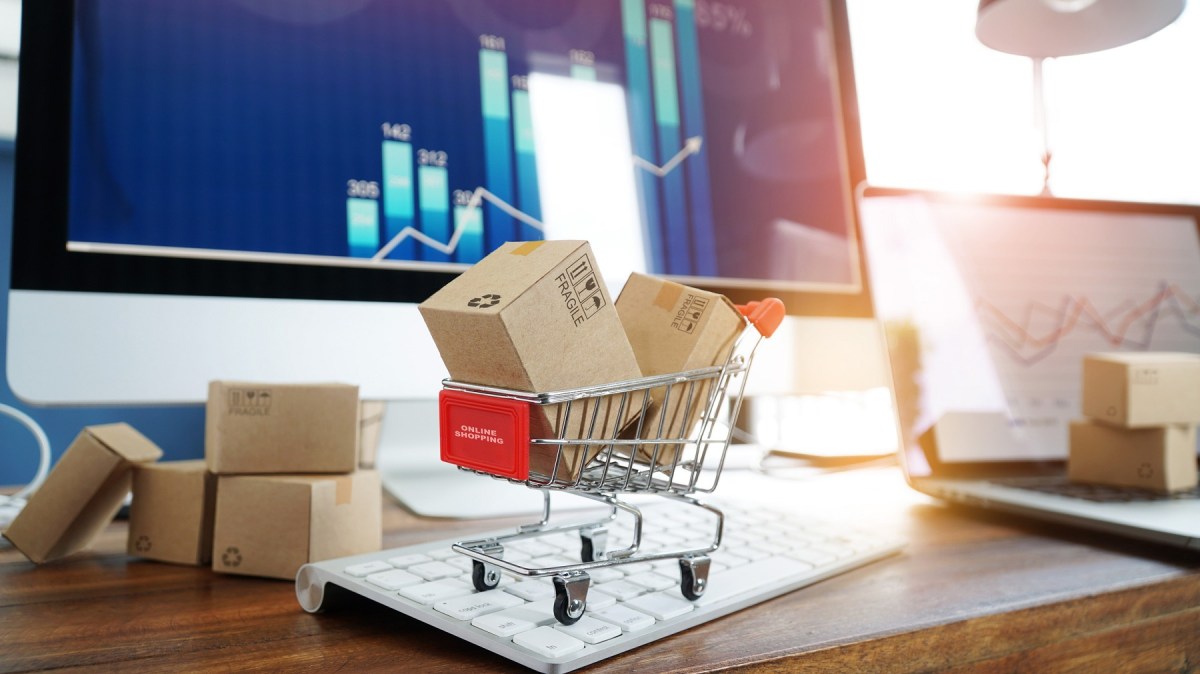E-commerce is booming around the world, and Australia is no exception. With a population of 25 million, growth expectations for the Australian e-commerce market indicates an increase from $13.9 billion in 2017 to $21.7 billion by 2022, making Australia one of the top e-commerce markets in the world.
But what specific commerce technologies should commerce professionals be aware of in the New Year? Commercetools territory director for Asia Pacific, Joshua Emblin breaks down some of the trends likely to be seen in 2022.
- The rise in D2C commerce
The evolving digital infrastructure equipped consumers with the awareness and means to shop from home. The new-age savvy consumer now prefers personalisation and direct engagement with brands rather than dealing with middlemen. The Post Covid era will bring rapid development in the D2C ecosystem and is expected to grow over the next few years. As we witness a ‘bricks-and-mortar’ retail apocalypse, brands are seeing the benefits of going direct to consumer and keeping control over things such as the experience and fulfillment.
2. The commodisation of commerce
The market can’t sustain hundreds of commerce platforms and will benefit from just a few large platforms at scale that can offer value for money and easy functionality. Public cloud vendors will likely make inroads in this space and may even buy a commerce platform in the near future. With commerce now being an infrastructure functionality in the same way a load balance is infrastructure and as it becomes commoditised cloud vendors will need this functionality in their portfolio.
3. The rise in composable commerce
The key strength of composable commerce is the ability to pick and choose different capabilities to customise the commerce experience in a way that fits businesses’ needs perfectly. Instead of trying to implement standard out-of-the-box ecommerce functionality to match business needs, composable commerce leverages modern technologies and approaches like APIs, cloud and headless.
4. Social commerce
Winning B2C brands are earning social currency by aligning with channels and influencers and by making it easy to buy directly on social channels, which opens new opportunities for growth. Facebook, Instagram and Pinterest all have their own tools for buying and selling products, with TikTok recently launching its very own TikTok Shopping feature. Social commerce makes the online shopping process easier for consumers and provides businesses with deeper insights into customer behaviour.
5. Headless commerce continues to grow in popularity
As the technical world of e-commerce starts to shift away from monolithic systems and legacy software suites, headless commerce will continue to grow in popularity thanks to its ability to streamline the digital experiences ecommerce businesses offer their customers. By decoupling their frontends from their backends through the adoption of a headless commerce solution, IT teams will finally be able to get rid of serious competitive disadvantages and increase agility.
With headless platforms, tech leaders and their teams can realise superior compatibility with CRM systems, deliver higher degrees of customisation to fit their commerce needs and roll out new features to multiple frontends faster.

